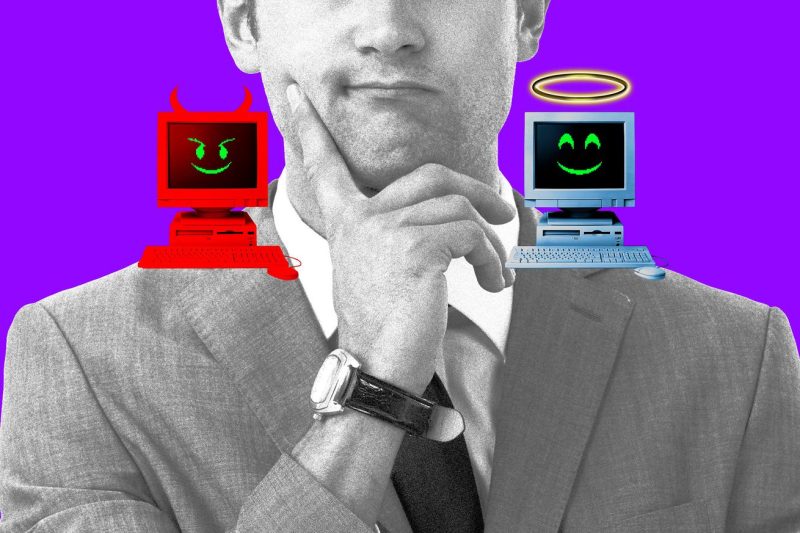In a fast-evolving digital landscape where technological advancements are increasingly shaping creative processes, the role of artificial intelligence (AI) in the realm of art and design is becoming more prominent. The integration of AI tools and algorithms in artistic practices has sparked both excitement and apprehension among artists and creatives alike. As Adobe executives assert, artists must embrace AI to stay ahead of the curve and leverage the benefits that this technology offers, or risk falling behind in a rapidly changing industry.
Historically, the concept of merging art and technology has often been met with resistance, as some view AI as a threat to the authenticity and creativity of human expression. However, proponents of AI in the art world argue that these technologies have the potential to enhance, rather than replace, human creativity. By leveraging AI tools, artists can access new methods of creation, generate innovative ideas, and streamline production processes, ultimately expanding the possibilities for artistic expression.
One of the primary advantages of incorporating AI into artistic practices is the ability to automate repetitive tasks and workflows. AI algorithms can assist artists in tasks such as image editing, color correction, and pattern generation, allowing creators to focus more on the conceptual and creative aspects of their work. This increased efficiency can lead to faster production times and a more streamlined creative workflow, enabling artists to bring their visions to life more effectively.
Furthermore, AI has the capacity to revolutionize the way artists approach collaboration and experimentation. By analyzing vast amounts of data and identifying patterns and trends, AI can provide valuable insights that guide artists in making informed decisions about their work. Additionally, AI-powered tools can offer suggestions, inspiration, and alternative creative solutions, sparking new ideas and pushing artists beyond their usual boundaries.
In addition to facilitating the creative process, AI can also help artists reach broader audiences and engage with their fans in new and innovative ways. Through the use of AI-driven content creation and personalization, artists can tailor their work to suit the preferences and interests of their audience, creating a more personalized and immersive experience for viewers. This level of customization not only enhances the impact of the artwork but also strengthens the artist’s connection with their audience, fostering a sense of community and engagement.
As the creative landscape continues to evolve, it is essential for artists to adapt to new technologies and embrace the opportunities that AI presents. By integrating AI tools into their artistic practices, artists can harness the power of technology to amplify their creativity, streamline their workflows, and engage with audiences in new and exciting ways. While the idea of embracing AI may seem daunting at first, the potential benefits far outweigh the challenges, offering artists the chance to revolutionize their craft and stay at the forefront of a rapidly changing industry.

